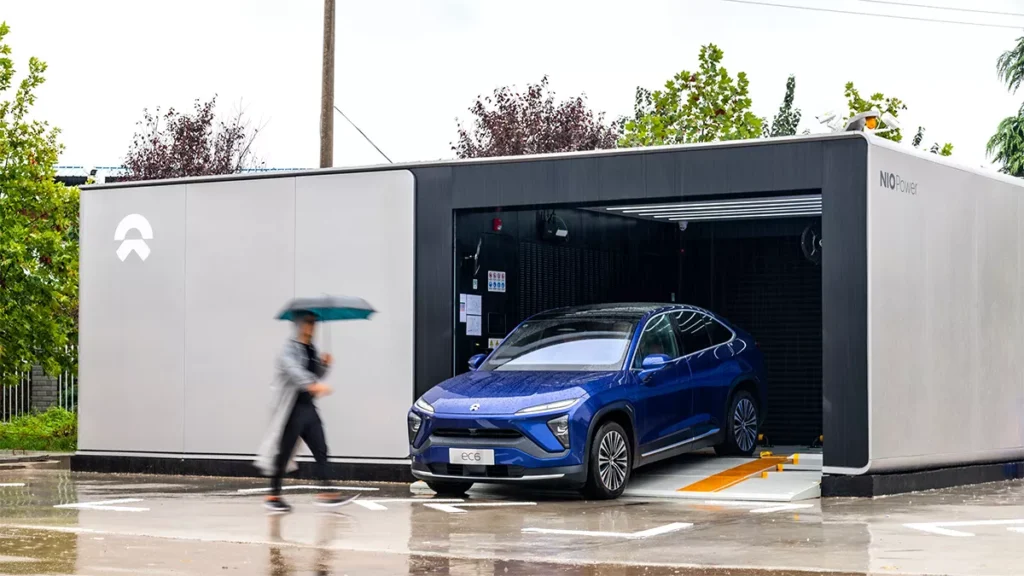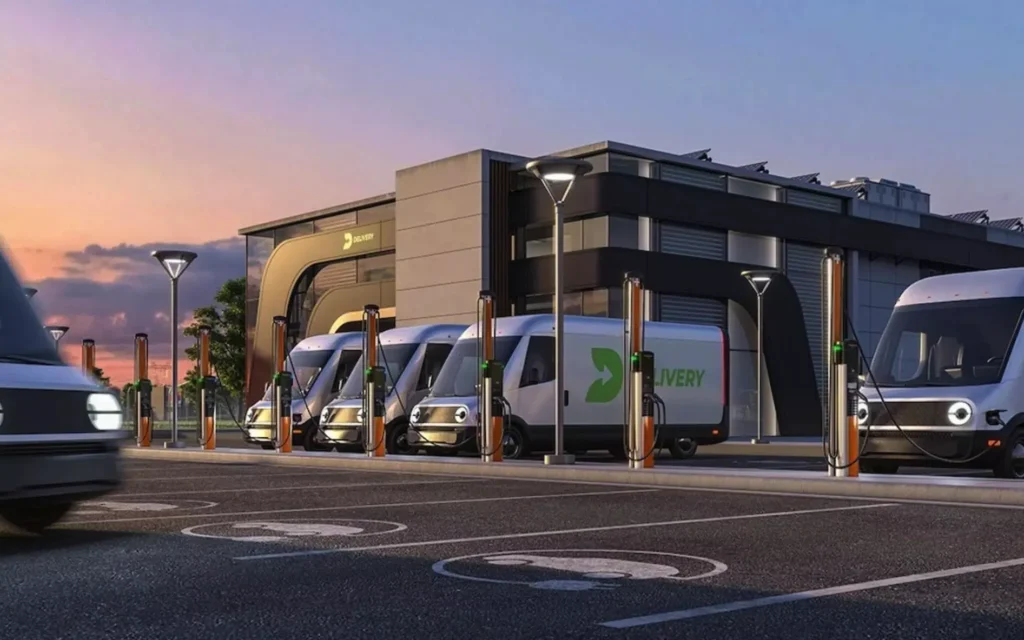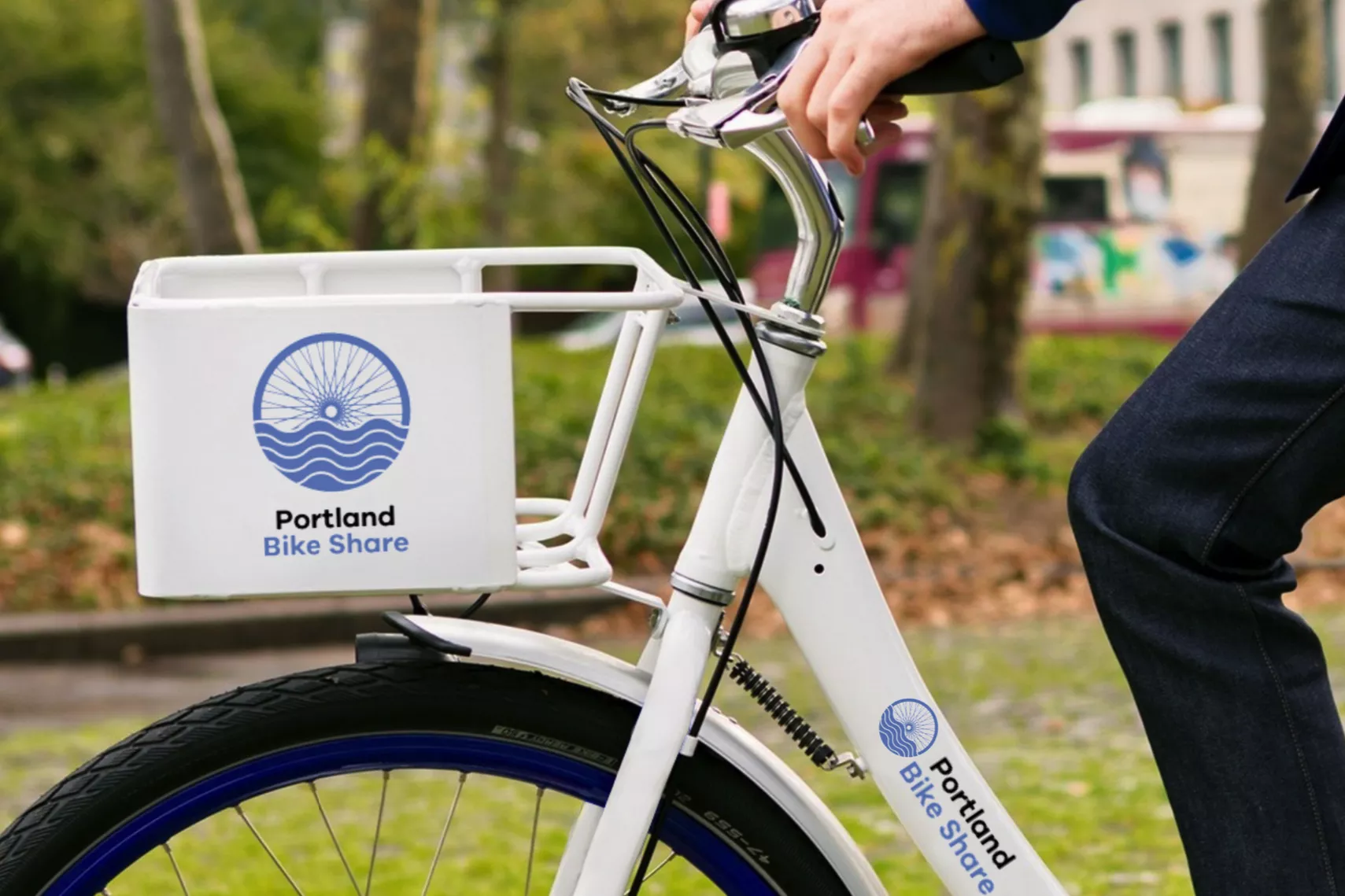








From EVs and batteries to autonomous vehicles and urban transport, we cover what actually matters. Delivered to your inbox weekly.

Portland, Maine is launching a micromobility pilot with Tandem Mobility that puts infrastructure and local needs at the center of its design. Set to begin the week of July 21, 2025, the program will deploy e-bikes and e-scooters in selected zones across the city.
The goal: improve last-mile connectivity while easing pressure on downtown traffic corridors.
This means: buy-in from the city to reshape how short-distance urban travel functions both in practice and policy.
By labeling it “community-focused,” Portland is emphasizing operational flexibility and local feedback loops. While that term lacks a formal definition, in this case, it likely refers to station placements driven by access needs, such as near transit stops, job centers, or underserved neighborhoods, rather than revenue potential alone.
That is much different from earlier micromobility programs, which private operators often led with little integration into city planning.
The timing also reflects how cities are absorbing lessons from past deployments. Between 2018 and 2022, many metros saw scooters and bikes arrive with minimal coordination.
Portland is now approaching the challenge with preemptive infrastructure work and a focus on use cases such as commuting, rather than tourism. And this is increasingly viewed as essential for long-term adoption.
If the Portland pilot shows traction, several signals could follow:
Cities watching Portland will be measuring not only utilization rates, but also implementation mechanics, such as contractor coordination, zoning compliance, and user equity considerations.
With July as the launch point, the next six months will test Tandem Mobility’s model in a controlled, infrastructure-supported setting. That outcome may shape how similar mid-sized cities approach mode shift and curb policy in the future.